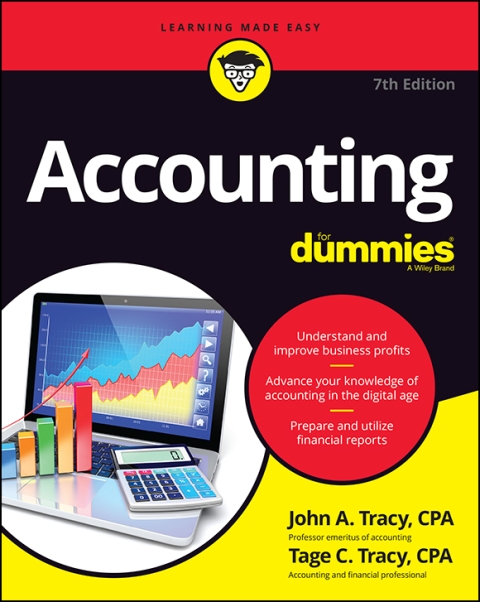Description
Efnisyfirlit
- Macroeconomics
- Title
- Copyright
- Dedication
- Contents
- Illustrations
- Figures
- Tables
- Preface
- Acknowledgements
- Note to the Reader
- 1. What Is Economics
- 1.1 Introduction
- 1.2 A brief history of economics
- 1.3 Our definition of economics
- 1.4 A note on our approach
- Object of analysis
- Level of analysis
- Precision in analysis
- 1.5 Conclusion
- Suggestions for further reading
- 2. Conceptualising the Macroeconomy
- 2.1 Introduction
- 2.2 Conceptualising the macroeconomy: past and present
- Aggregate income and expenditure
- Inter-sectoral relations
- Sectoral flow of funds
- 2.3 The macroeconomy as an embedded system
- 2.4 The macroeconomy as a web of flows
- 2.5 A further note on our approach
- 2.6 Conclusion
- Suggestions for further reading
- 3. Money and Interest Rates
- 3.1 Introduction
- 3.2 The financial architecture of India
- Inter-sectoral financial flows
- Financial institutions
- Informal finance
- Financial regulators
- Financial instruments
- 3.3 What is money
- 3.4 Theories of money
- 3.5 Money in the open economy
- 3.6 Conclusion
- Suggestions for further reading
- 4. Output and Employment Levels
- 4.1 Introduction
- 4.2 Theories of output and employment
- Marginalist theory of output and employment
- Marginalist versus Keynesian approaches
- Keynesian theory of output and employment
- The Keynesian multiplier
- Autonomous and induced elements of aggregate demand
- The applicability to India
- 4.3 Open economy macrodynamics
- 4.4 Conclusion
- Suggestions for further reading
- 5. Economic Growth
- 5.1 Introduction
- 5.2 Theories of economic growth
- Supply-side growth theories
- Demand-led growth theories
- Classical growth theories
- 5.3 The nature of economic growth in India
- Economic growth and unequal land ownership
- Sectoral economic growth
- Economic growth and employment generation
- On the rates of profit and economic growth
- Economic growth and its ecological impacts
- 5.4 Growth in the open economy
- 5.5 Conclusion
- Suggestions for further reading
- 6. Why Economic Theory Matters
- 6.1 Introduction
- 6.2 The need for discipline
- 6.3 Wrong theories result in bad policies
- 6.4 Good theories recognise context
- Role of agriculture
- The presence of informality
- 6.5 Good theories and the demand for data
- 6.6 Conclusion
- Suggestions for further reading
- 7. The Policy Objective of Full Employment
- 7.1 Introduction
- 7.2 The nature of employment in India
- The quality of employment
- Are Indian jobs well paying?
- Employment in India: further meso approaches
- 7.3 A prelude to the solutions
- Theories of output and growth: policy implications
- The role of the government
- Concept and context: Mahalanobis and Rao
- Anti-cyclical fiscal policy
- 7.4 Conclusion
- Suggestions for further reading
- 8. The Policy Objective of Low Inflation
- 8.1 Introduction
- 8.2 The nature of inflation in India
- Price determination: two approaches
- Understanding inflation: two approaches
- Sources of inflation in India: agriculture and fuel
- 8.3 A prelude to the solutions
- 8.4 Conclusion
- Suggestions for further reading
- 9. Towards Good Economics
- 9.1 An introduction to macroeconomics
- 9.2 On concept and context
- 9.3 Pluralism in theory and method
- Suggestion for further reading
- Data Sources
- Chapter 2
- Chapter 3
- Chapter 4
- Chapter 5
- Chapter 7
- Chapter 8
- References
- Index





